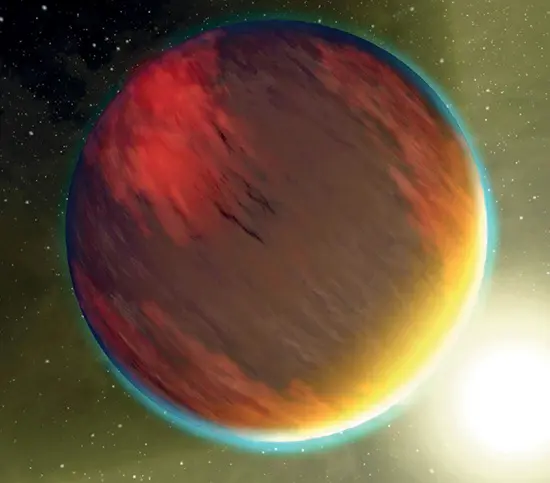The evolution of our Sun, a main sequence star, has significant implications for Earth, particularly its oceans. Astronomical research and theories about the internal workings of stars like the Sun, bolstered by meteorite studies and radioactive dating, have established a clear timeline for our star’s life cycle. Currently aged at 4.567 billion years, the Sun is undergoing a gradual change that will ultimately transform Earth’s environment.
The Sun’s core, where hydrogen converts into helium under immense pressure and temperature, is slowly depleting its hydrogen reserves. To maintain equilibrium between gravitational and radiational pressures, the core is heating up. This increase in core temperature accelerates nuclear fusion, thereby incrementally boosting the Sun’s brightness and energy output by about 10 percent every billion years.
This escalation in solar energy will drastically affect Earth’s climate. Over the next several hundred million years, rising temperatures will lead to the permanent evaporation of Earth’s oceans, creating a steamy, water-vapor-rich atmosphere. In about a billion years, the breakdown of atmospheric water and the escape of hydrogen will desiccate the planet, turning it into an arid, inhospitable desert.
In the shorter term, rising temperatures could make Earth uninhabitable even before complete ocean evaporation. An increasingly hot climate will trap more carbon dioxide in carbonate rocks, reducing the amount available for photosynthesis. This could collapse much of the food chain within half a billion years, threatening the sustainability of the biosphere.
While this outlook may seem bleak, it serves as a reminder of the transient nature of planetary habitats. It also provides a compelling reason for humanity to explore new worlds, potentially finding new hospitable planets in the distant future.

